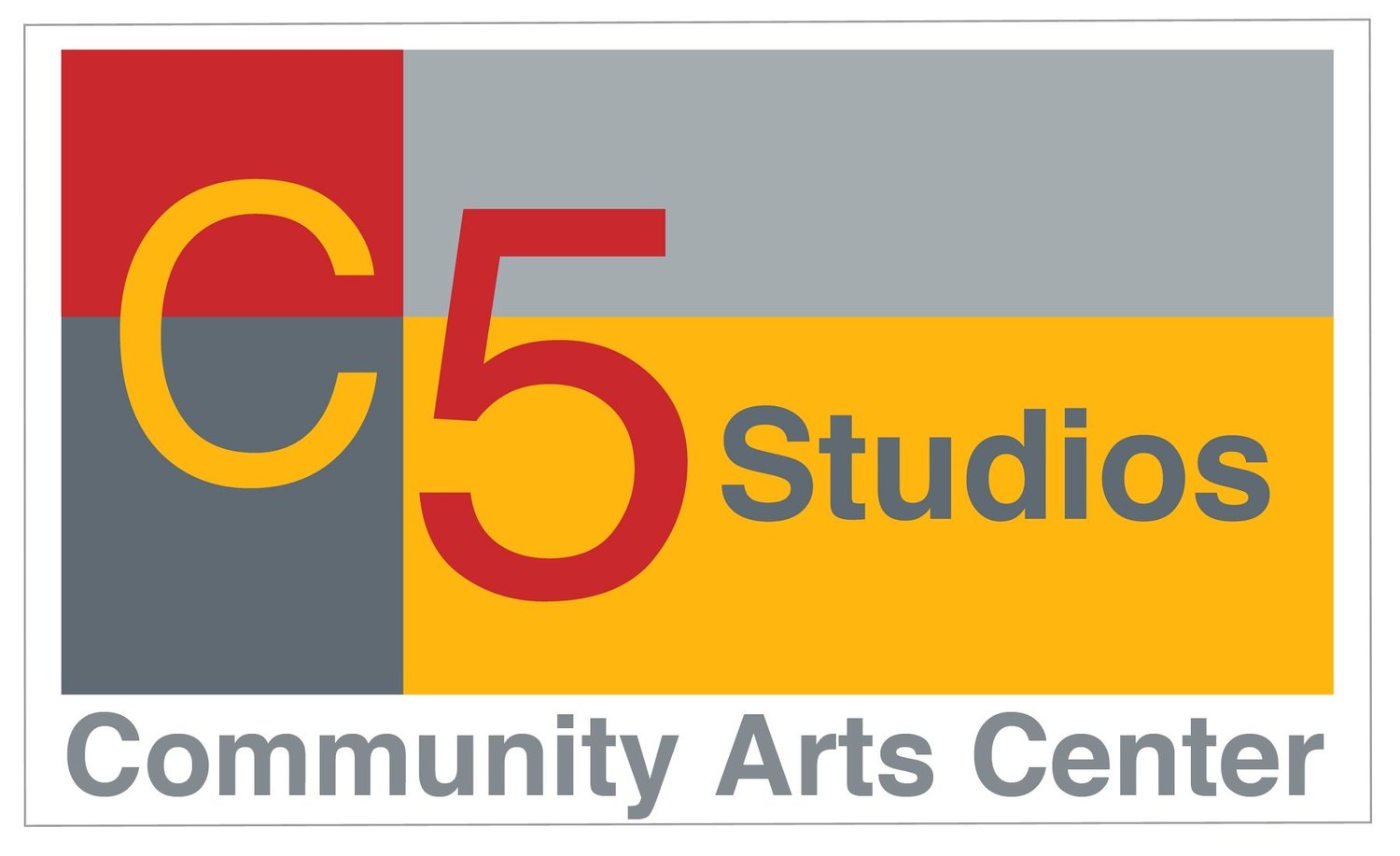Why are the Arts important?
The value of engagement in the Arts:
Young people who participate in the arts are:
4 times more likely to be recognized for academic achievement
4 times more likely to participate in a math and science fair
3 times more likely to win an award for school attendance
Participate in youth groups nearly four times as frequently
Perform community service more than four times as often
(Study by Stanford University and Carnegie Foundation For the Advancement of Teaching; 1998)
What about test scores?
A 2008 study by the non-profit organization The Education Commission of the States concludes that arts can play a critical role in improving the academic performance of students. In a national sample of 25,000 students, those students "with high levels of arts-learning experiences" earned higher grades and scored better on standardized tests than those with little or no involvement in the arts-regardless of socioeconomic status.
People value Arts Education:
93% of Americans consider the arts to be vital to providing a well-rounded education for children and a critical link to learning and success. (2005 Harris Poll)
85 percent of surveyed business executives indicated that they are currently having difficulty recruiting individuals who possess creative ability with demand for creative people expected to grow as firms pursue innovation.
Creativity/innovation rates among the top five skills sought by US employers.
Among eleven high school subjects, superintendents rank arts activities among the top four.
(Ready to Innovate, from The Conference Board, Americans for the Arts, and the American Association of School Administrators)
Arts Education helps at-risk populations:
Arts education makes a tremendous impact on the developmental growth of every child and has been proven to help level the "learning field" across socio-economic boundaries.
Arts education has a measurable impact on at-risk youth in deterring delinquent behavior and truancy problems while also increasing overall academic performance among those youth engaged in after school and summer arts programs targeted toward delinquency prevention.
Arts education in schools increases test scores across every subject area, lowers drop out rates and helps close the achievement gap regardless of socio-economic status.
(Youth ARTS Development Project, 1996, U.S. Department of Justice; Arts Education Partnership, CAAE)
Businesses understand that Arts Education:
builds a school climate of high expectation, discipline, and academic rigor that attracts businesses relocating to your community
strengthens student problem-solving and critical thinking skills, adding to overall academic achievement and school success
helps students develop a sense of craftsmanship, quality task performance, and goal-setting-skills needed to succeed in the classroom and beyond
(Business Circle for Arts Education in Oklahoma, "Arts at the Core of Learning 1999 Initiative")
The value of access to the arts in our neighborhood:
Thirty-eight percent of U.S. householders (representing 50.7 million households) rated living convenient to arts and cultural events “important” or “very important”.
Householders who affirmed the importance of living convenient to arts and cultural events were more likely to be paying a premium for their housing than those who did not affirm this importance.
Fifteen percent of U.S. householders (representing 20.4 million households) reported that convenient access to arts and cultural events played a role in their choice of neighborhood.
Of householders who affirmed the importance of living convenient to arts and cultural events, a large majority agreed that such events provide social and/or economic benefits to their neighborhoods.
More than 80 percent agreed that arts and cultural events provide:
improvements to the overall quality of the neighborhood (88 percent);
opportunities for greater social interaction (83 percent);
greater understanding and awareness of other people or cultures (83 percent); and
improvements to the identity of the neighborhoods themselves (81 percent).
- Seventy-seven percent of these householders agreed that the presence of such events in their neighborhoods is improving the local economy as a whole;
- Sixty-eight percent of them agreed that the presence of such events in their neighborhoods is creating employment opportunities; and
- Sixty-three percent of these householders agreed that such events attract tourists.
(National Endowment for the Arts, “The Arts In Neighborhood Choice”, 2019)
